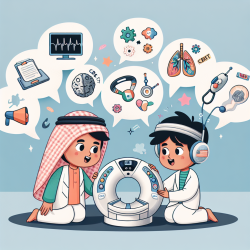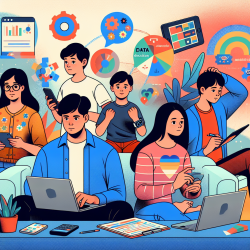Acquired Auditory Verbal Agnosia (AAVA) presents unique challenges in the development and rehabilitation of speech and language skills in children. The condition, characterized by a significant impairment in the reception and/or expression of previously acquired language without loss of hearing, necessitates innovative therapeutic approaches to foster effective communication. A compelling case history detailed by G. Keith Christopher in "A Case History of Acquired Auditory Verbal Agnosia" highlights the transformative role sign language can play in the treatment and management of AAVA.
The case revolves around a young girl named Lori, who experienced a rapid deterioration in her communicative abilities following bilateral temporal lobe seizures. Despite having normal hearing, Lori became virtually nonfunctional in auditory-oral communication, relying solely on pointing and gestures. Traditional speech therapy methods yielded limited success until the introduction of sign language, which marked a turning point in her rehabilitation.
The integration of sign language into Lori's communication strategy demonstrated remarkable outcomes:
- Enhanced comprehension and use of verbal material both at home and in educational settings.
- Significant improvements in auditory comprehension and verbal output, leading to better speech clarity and vocal quality.
- Increased confidence and willingness to engage in oral communication in various social contexts.
This case underscores the potential of sign language as a powerful tool in the arsenal of speech and language therapists working with children affected by AAVA. The key takeaways for practitioners include:
- Early Intervention: Implementing sign language early in the therapeutic process can bridge communication gaps and facilitate the development of verbal skills.
- Customized Approach: Tailoring the intervention to the child's specific needs and capabilities, as well as involving family members in the learning process, can enhance the effectiveness of sign language as a communicative aid.
- Comprehensive Support: Integrating sign language with other therapeutic modalities offers a holistic approach to rehabilitation, addressing both the linguistic and social-emotional aspects of communication.
Encouraging further research and application of sign language in speech therapy practices can lead to innovative strategies that significantly improve the lives of children with AAVA. This case history not only highlights the challenges faced by these children but also showcases the profound impact that alternative communication methods can have on their ability to connect with the world around them.
For practitioners eager to delve deeper into the specifics of this case and explore the implications for treatment, reading the original research paper is highly recommended. To read the original research paper, please follow this link: A Case History of Acquired Auditory Verbal Agnosia.










